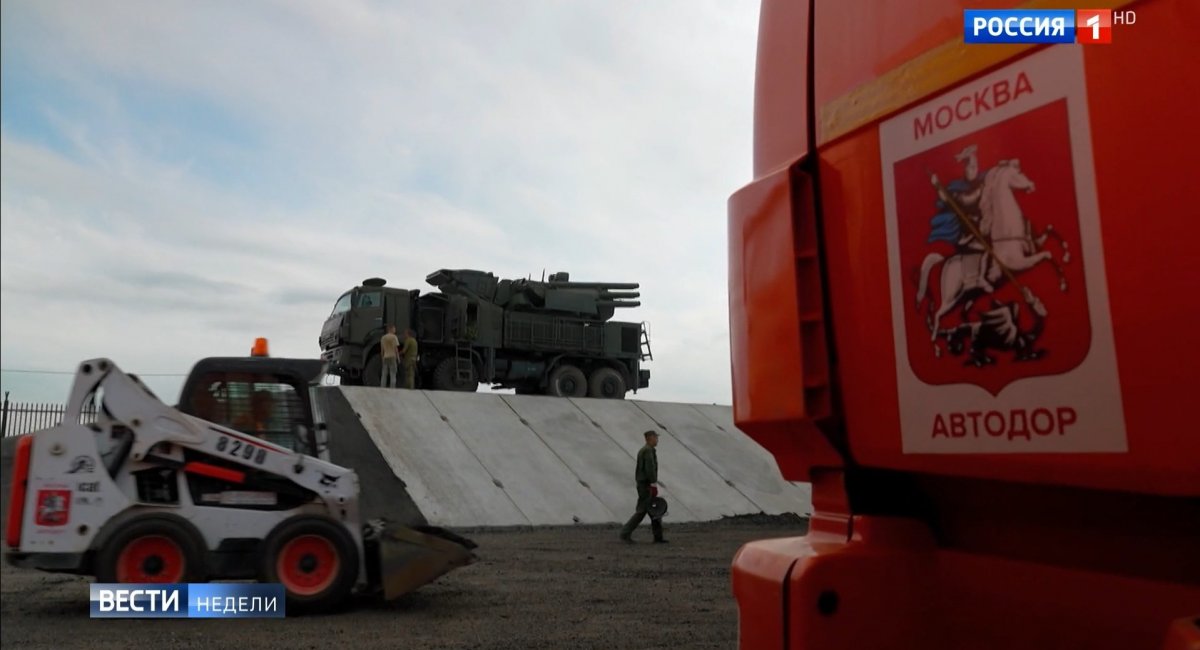
Russia builds Flakturm analogs near Moscow and charges everything, including Arctic “shells”
The Kremlin is not only building new air defense facilities around Moscow with thousands of people, but is also transferring air defense systems from the front and other areas
Around Moscow, the enemy is creating new air defense positions, investing significant resources in the creation of Flakturm analogs – anti-aircraft towers of the Third Reich. They are either fortified embankments or towers made of metal or reinforced concrete.
And they were reported in a weekly program on Russia’s central television, Rossiya-1, which was announced to the entire country.
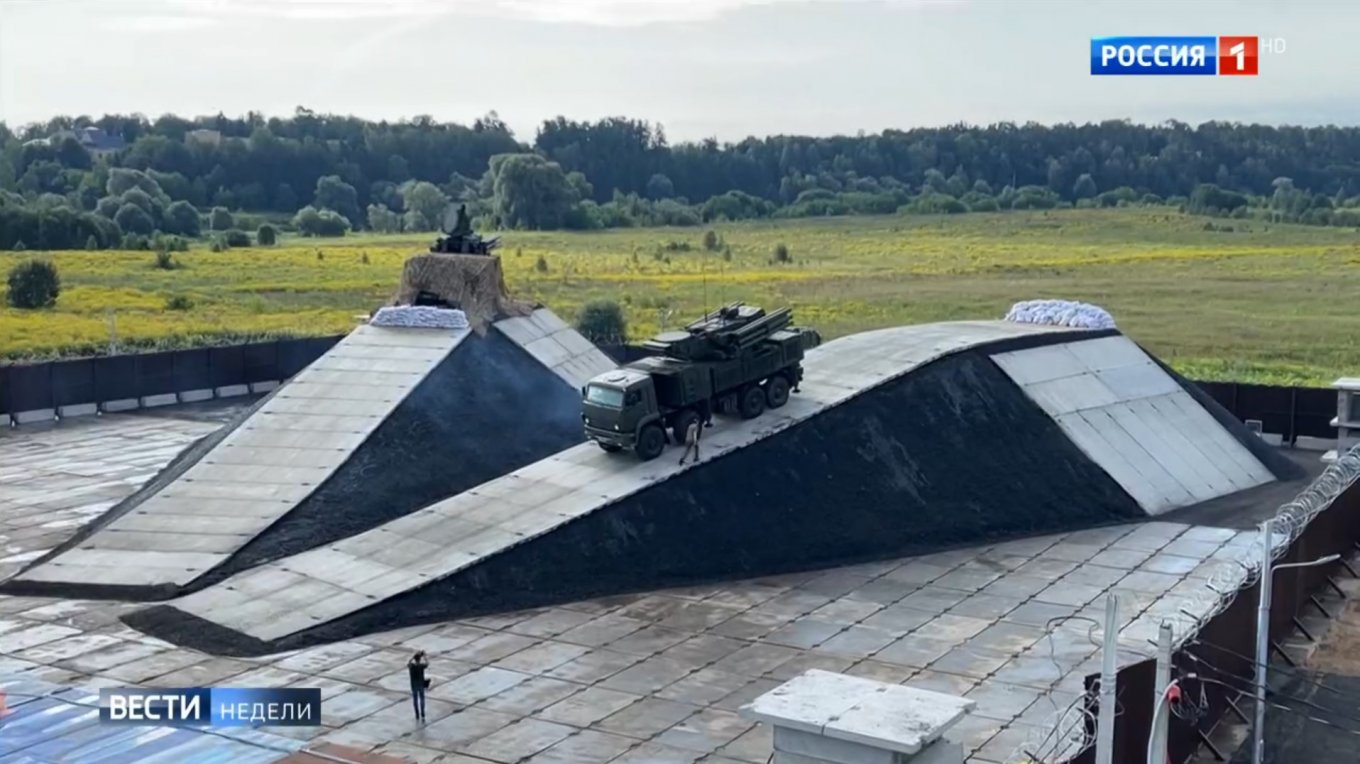
The point of such embankments is quite simple: to raise air defense systems such as Pantsir higher, increasing the radar station’s visibility. Such an embankment provides approximately an additional 10 meters, which means an increase in the radio range from a conventional 33 km to 42 km against targets at an altitude of 50 meters.
But in some cases, these same “Pantsirs” are raised on special towers, which, in the case of a height of 50 meters, already allow to expand the radio range against a low-altitude target to 58 km.
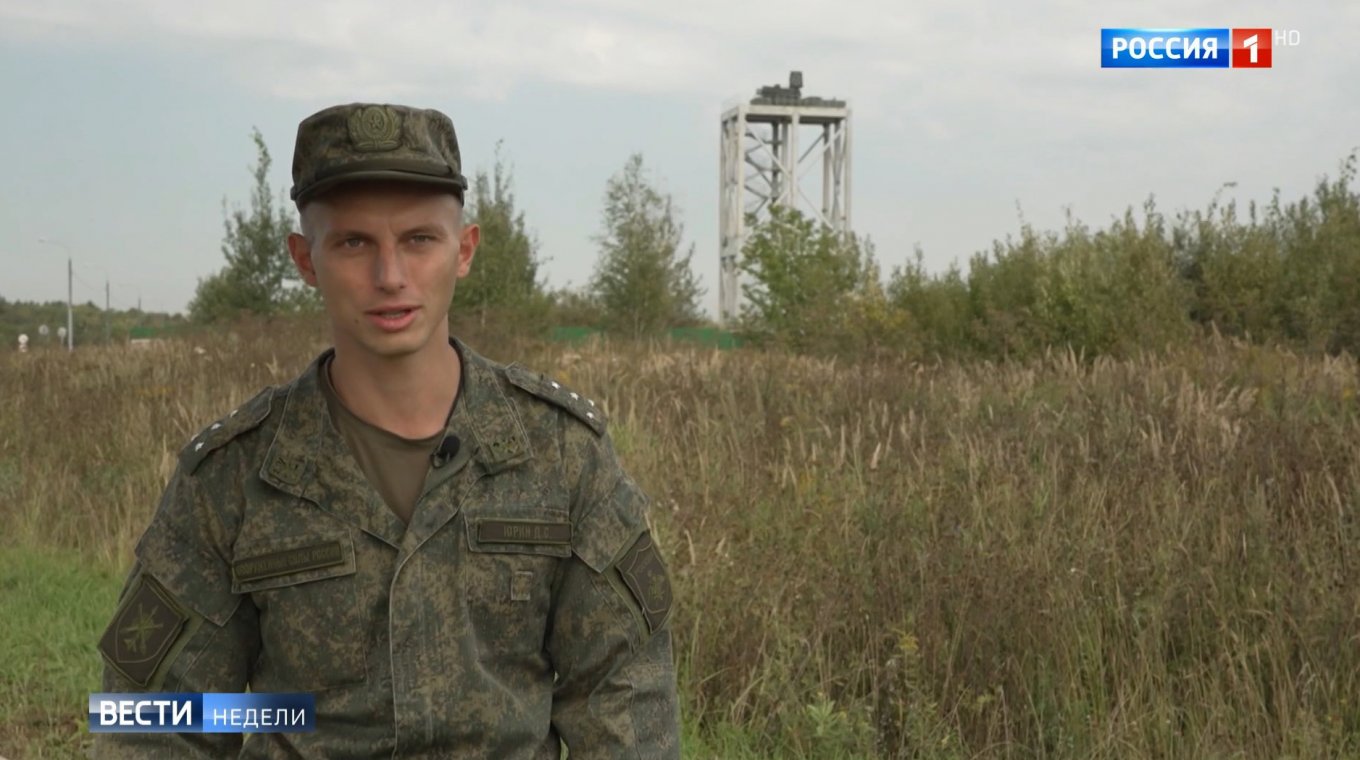
And this is how the towers really resemble the Flakturm, which Nazi Germany used to try to fight off raids by Allied strategic aircraft.

The cost of such structures is not specified, but in an interview, Moscow Mayor Sobyanin said that 1,500-2,000 people work daily to create new air defense positions, and the story says that it takes up to 4 days to create one position, including the installation of modular buildings for the calculations.
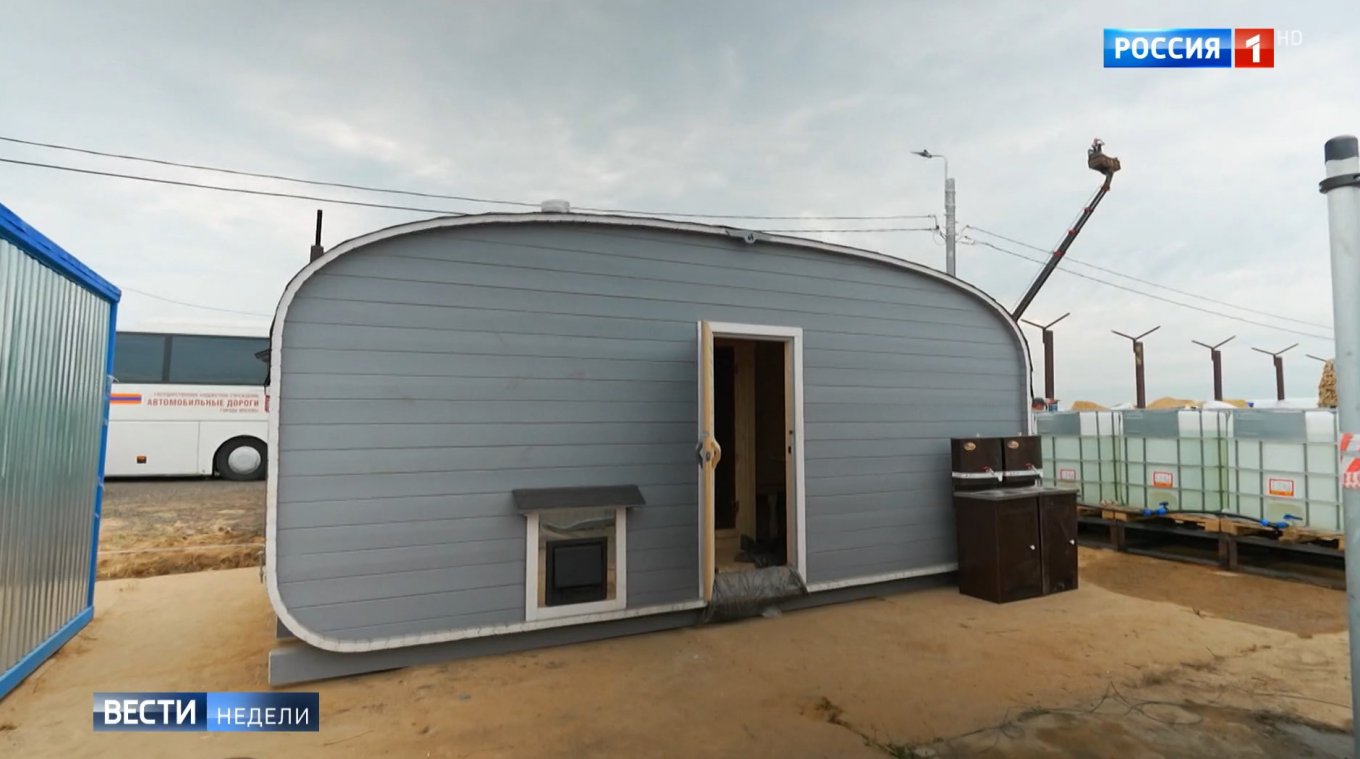
That is, we are talking about a rather large-scale infusion of resources into solving the problem of Moscow’s air defense. At the same time, one of the soldiers throws in a phrase that, after the “field conditions,” it is much more pleasant to serve near the capital.
Another point is that photos from residents of the Moscow region showed Arctic version of the Pantsyr multiple rocket launcher systems at the positions. It is clear that Russian propagandists searched for locations for filming quite carefully, and in other cases, the new air defense positions near Moscow are much simpler and simply assembled from concrete blocks.
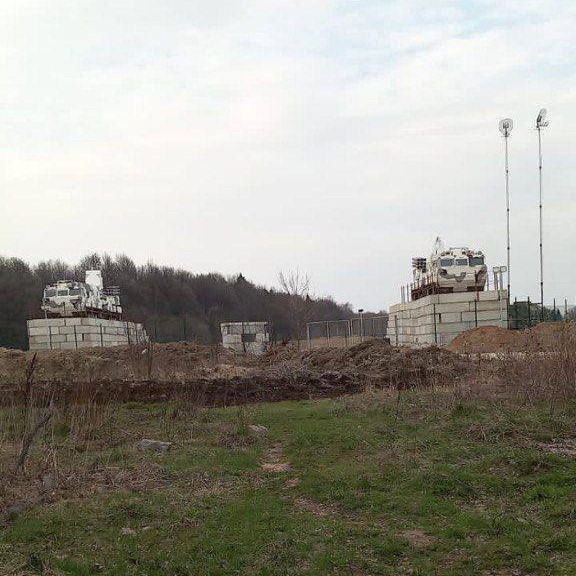
Taking into account the words of the Russian anti-aircraft gunner and the “Arctic” Pantsir, it becomes clear that in order to strengthen Moscow’s air defense, the enemy is withdrawing forces from the front and other lesser-priority areas.
And this is explained as follows: “Moscow is facing new challenges related to the security of the capital itself – drone attacks. The main objective of these attacks is to sow panic, lack of confidence in their abilities, and attempt to undermine faith in the state as such. Everything is strictly in line with the NATO concept of psychological warfare.”
Thus, the drone strikes on Moscow achieved their main goal – to force the enemy to concentrate the maximum number of assets in the area of its capital, thereby reducing their number at the front.
It is also necessary to understand the fact that Russia is a huge country in terms of area, and it cannot provide similar protection for its entire territory, even within the range of Ukrainian kamikaze drones. This means that it will also be easier to strike other targets, as well as to operate on the front line.

